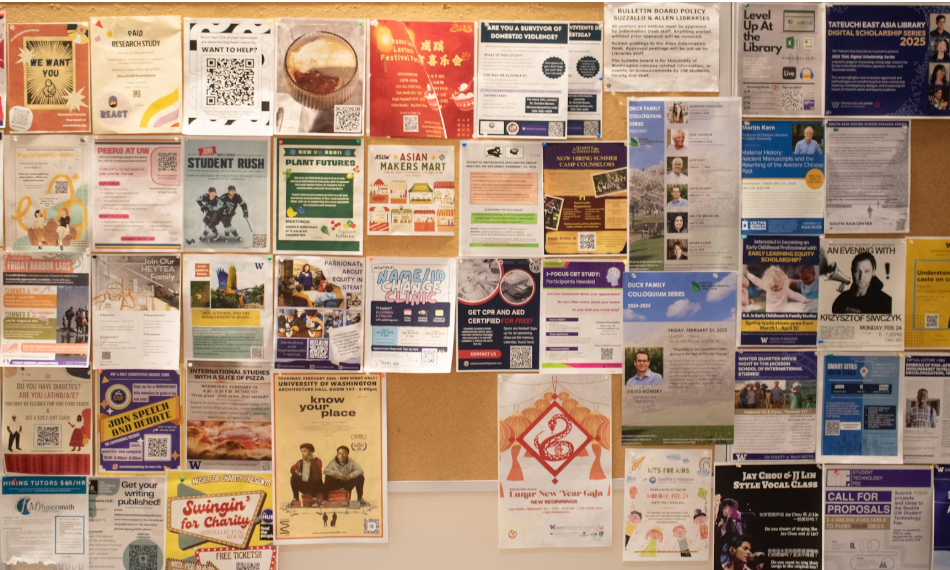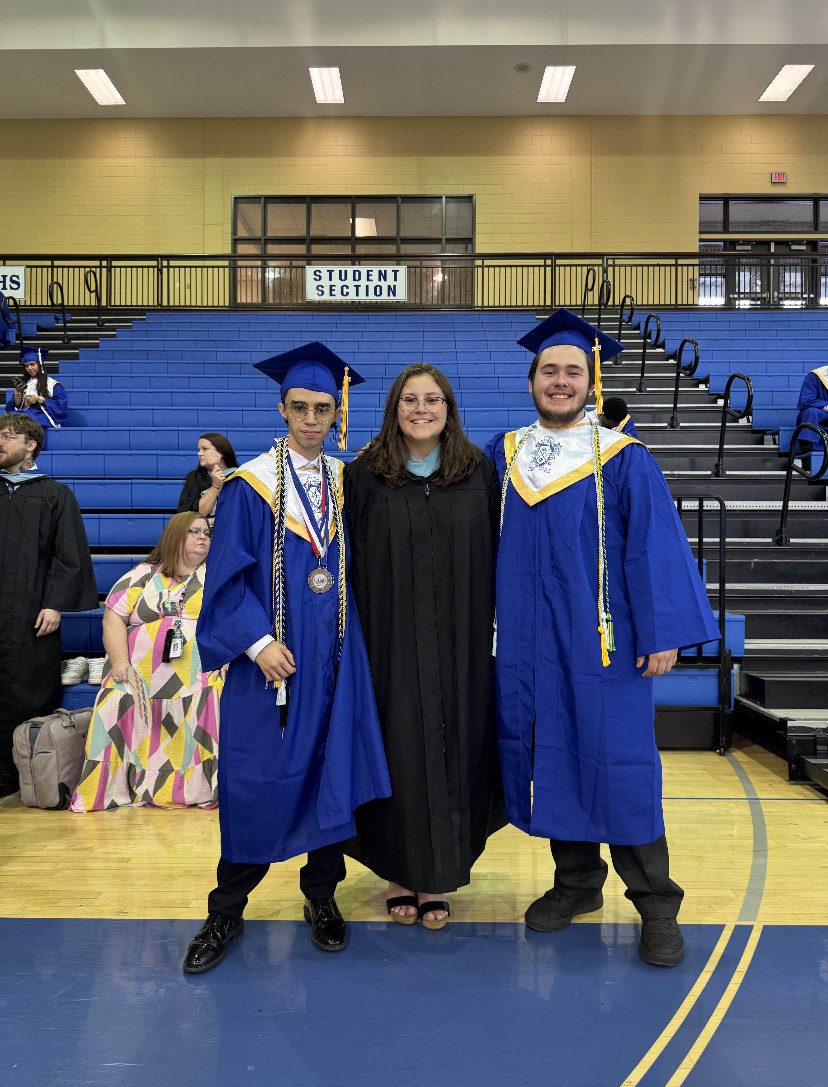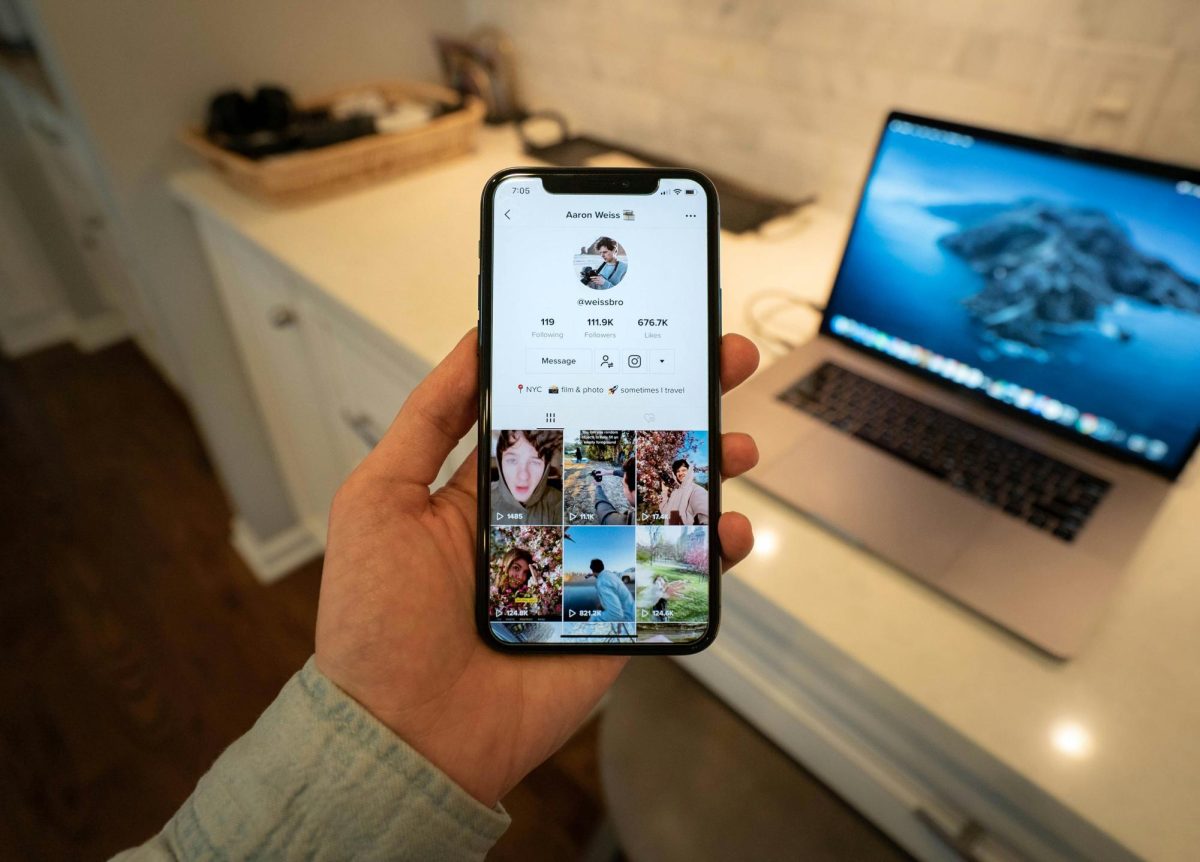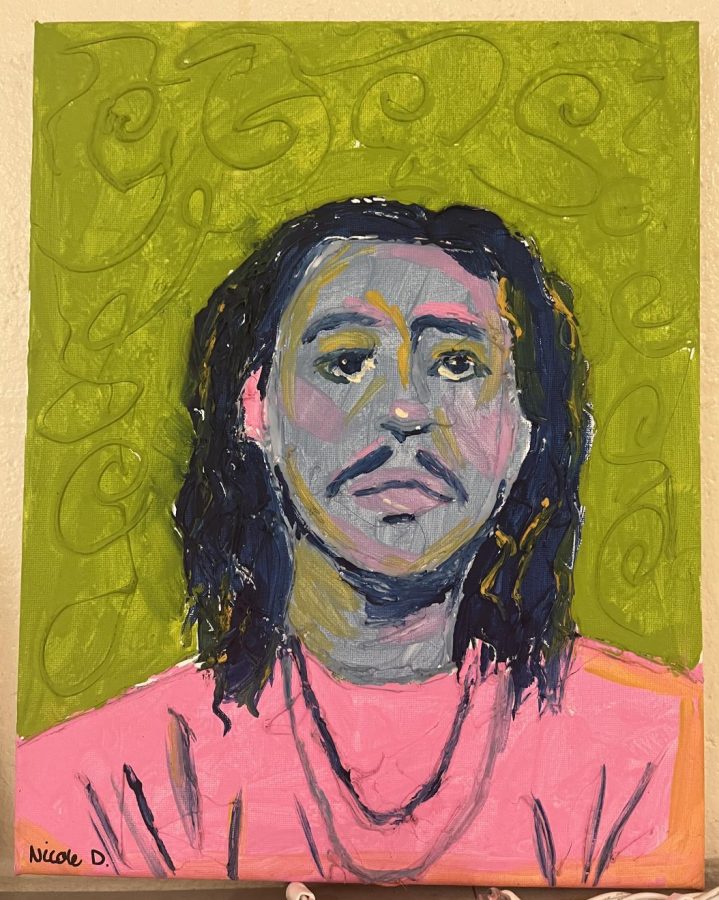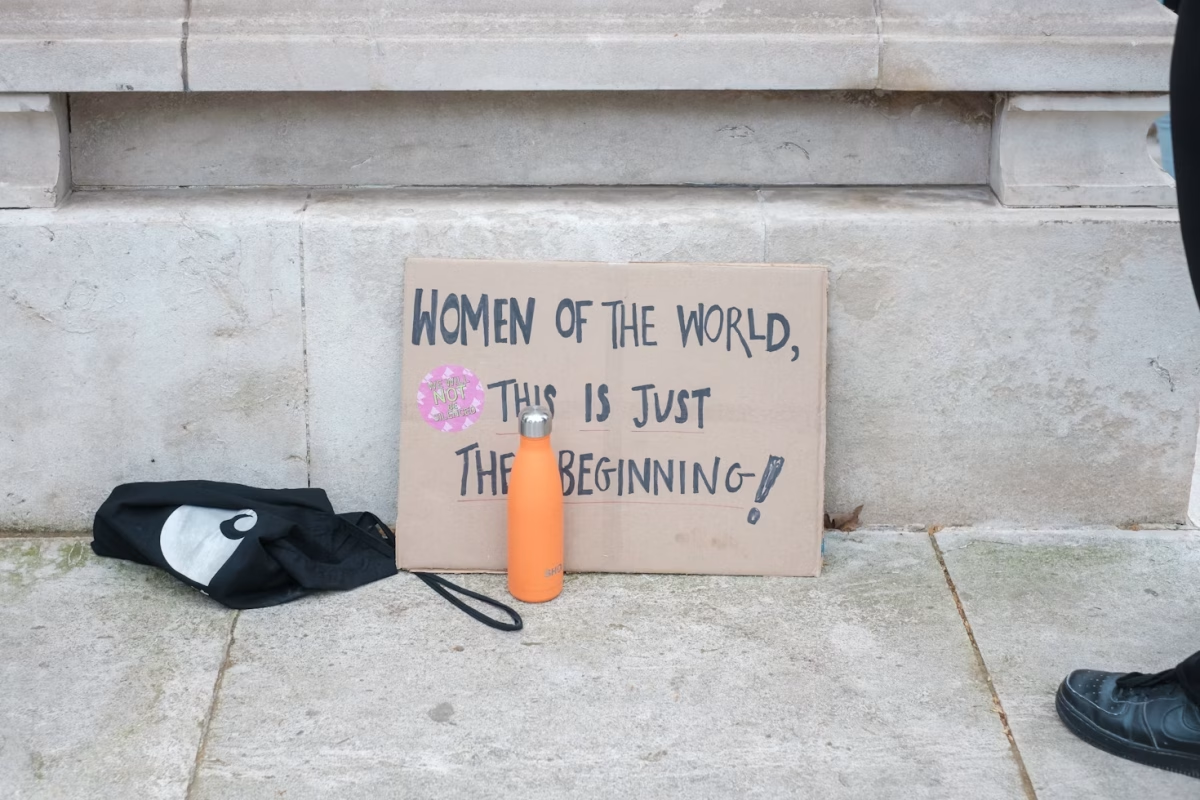In a spur-of-the-moment questionnaire, would you be able to list the last five short-form videos you watched? The fact that many students are unable to answer this question highlights the constant flux in teenagers’ minds. No matter how often your parents remind you, it becomes more difficult to “put the dang phone down.” It becomes increasingly difficult as the expansion of short-form content becomes easier to access and more widespread. Wondering why this has become a societal norm, scientists have conducted extensive research on the misuse of short-form content. The consequences associated with consuming this content are not limited to memory loss, dopamine imbalances, and even struggles with depression or anxiety.
The typical TikTok, YouTube short, or Instagram reel ranges from 30 to 60 seconds. On average, high school students spend two to three hours a day mindlessly consuming media. Over time, this adds up to more than a month of phone use per year (over 900 hours). Scientists have found that dedicating just 20 hours to any craft can lead to mastery. This is significant, as today’s youth struggle to retain skills or talents. Researchers refer to this struggle as “fragmented attention,” which describes the habit of rapidly switching from task to task. Constantly jumping between short videos creates large gaps in memory. Similarly, consuming multiple videos at once can also impair memory retention. For example, watching a compelling story while low-quality mobile gameplay runs in the background causes key details of the story to be forgotten. The hippocampus, a part of the brain crucial for memory, is overwhelmed by frequent media switches and large quantities of content.
So, instead of zoning out to endless Subway Surfers clips, consider using your time to perfect a challenging craft.
A crucial element of the brain and nervous system’s function is synapses—small vessels that store important neurotransmitters. One key neurotransmitter is dopamine, a hormone that influences movement and mood. Dopamine release can be categorized as either short-term or long-term. Long-term dopamine is released when completing rewarding yet difficult tasks, such as working out or finishing a school assignment. Short-term dopamine is triggered by quick, easy rewards like eating certain foods or socializing with friends. There are both positive and negative ways to experience these releases. An imbalance of these chemicals, particularly from excessive short-term dopamine, can lead to memory issues or emotional instability. (www.news-medical.net) Have you ever felt disconnected or dissociated while endlessly scrolling? This is because your neurotransmitters are overworked by too much short-term dopamine. To restore balance, engage in long-term tasks that provide more meaningful rewards. However, it’s also important to enjoy yourself occasionally and let your mind experience short-term dopamine. The next time you’re using social media, remember to take breaks so that your neurotransmitters can recover and balance their proper dopamine levels.
Many influencers have created videos discussing social media algorithms. These algorithms are designed to gather data on the content you consume and show you similar material. Companies use this tactic to keep you engaged with their platform, generating more revenue. A typical teenager might ask, “Why is this a problem? Isn’t it a mutual benefit?” This argument overlooks the impact these algorithms have on our emotions. For example, imagine you’re struggling with depression and lack social interaction at school. You come home, grab your phone, and watch videos that validate your feelings. The algorithm will continue to push this content, reinforcing your negative emotions. This can prevent you from adopting healthier mindsets, like stoicism or personal growth. To counteract this, remember that social media platforms can also be tools for positive change. Limiting the number of videos you watch each day and focusing on your mental health can help mitigate the negative effects. (https://edu.gcfglobal.org/) Rather than mindlessly scrolling, consume help from social interactions or even therapy.
TikTok, Instagram, and YouTube will likely remain fixtures in teenagers’ lives. As time passes, corporate America will continue developing new ways to increase profits. The next time you find yourself trapped in the loop of short-form media, remember that it is influencing your mind in negative ways. What could you accomplish by reclaiming those 900 hours? How much could your memory improve by cutting down on the 2 million short-term videos you consume annually? Let these questions guide you as a healthier balance of long-term dopamine.


